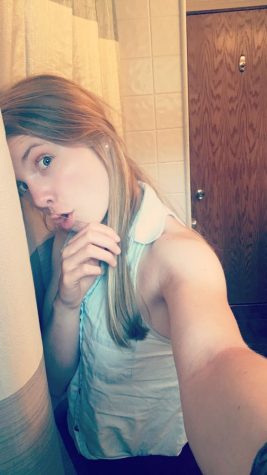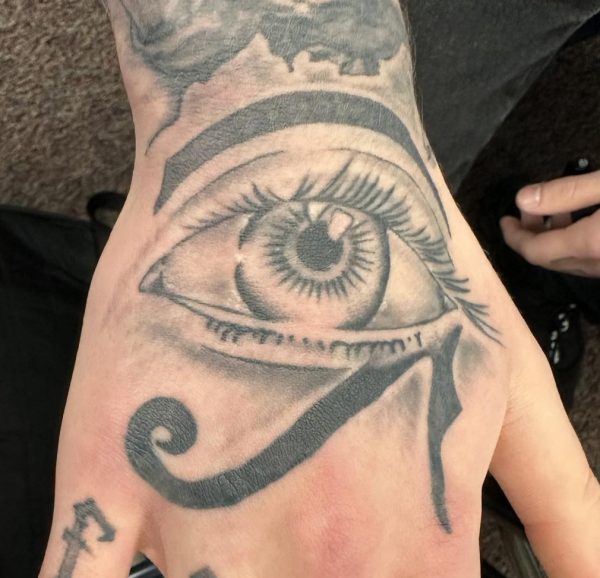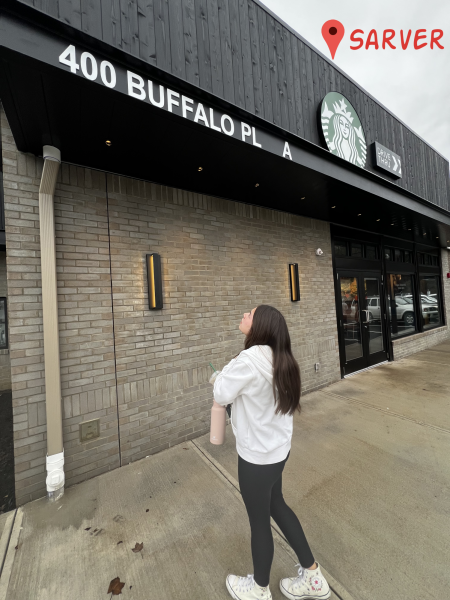The Winter Blues

April 18, 2019
We all get in those moods where it seems as if nothing at all will cheer us up, but what about a WHOLE season of non-stop sorrow and unhappiness? Yeah, that’s what people going through seasonal affective disorder have to deal with. It’s pretty rough! For me, SAD occurs in the winter time when I am just way too cold to even go outside. But surprisingly some people can get it in the summer too!
What exactly is SAD? Seasonal Affective Disorder or (SAD), is a type of depression that comes and goes with the seasons. It typically starts in the late fall or early winter and it tends to go away in the spring and summer.
Junior Keenan Holko has been suffering with this disorder for awhile now.
“When the weather is gloomy, I am miserable,” says Holko. “If I could choose one weather climate to always have, it would be sunny and warm with temperatures ranging between 70-90 degrees.”
It is human nature to sometimes feel down, but if you are constantly not your usual self then you may have Seasonal Affective Disorder. The symptoms of SAD vary. Some signs include: feeling sluggish, oversleeping, low energy, loss of interest in activities you once enjoyed, changes in appetite, and agitation (etc.). If you feel this way I recommend talking to a doctor.
Junior Seth Stephens agrees with Holko. “The weather that affects me the most has got to be cloudy, cold, slushy weather,” says Stephens. “The only things that I can do that cheer me up are work on my jeep and practice welding.”
SAD has recently been linked to a biochemical imbalance in the brain prompted by less hours of daylight. It is more common in people who live farther away from the equator.
“I 100% would consider moving somewhere else because Pennsylvania weather sucks,” says Stephens.
This disorder has no known cure. However, it can be treated more than one way. Light therapy is one of these treatments. It is used to replace the sunshine that goes away during the fall and winter months. Sitting in front of a light box filters out the ultraviolet rays and requires 20-60 minutes of exposure every morning. A light box can be purchased without a prescription and can be bought online. Light boxes are a little bit on the expensive side, so an alternative to them is going tanning. Tanning beds can improve your mood and help the symptoms of SAD. In times of misery, sometimes a bright light can help you turn that frown upside down!
Another example of treatment is psychotherapy (talk therapy). Talk therapy may sound odd to some people, but it can help eliminate the troubles of a human being. Talking with a professional can increase your well-being and healing.
The risk factors of people having seasonal affective disorder include being a female, being of younger age, having bipolar disorder, and even having a family history of depression.
Seasons come and go but remembering to stay positive throughout all of them is very important!










